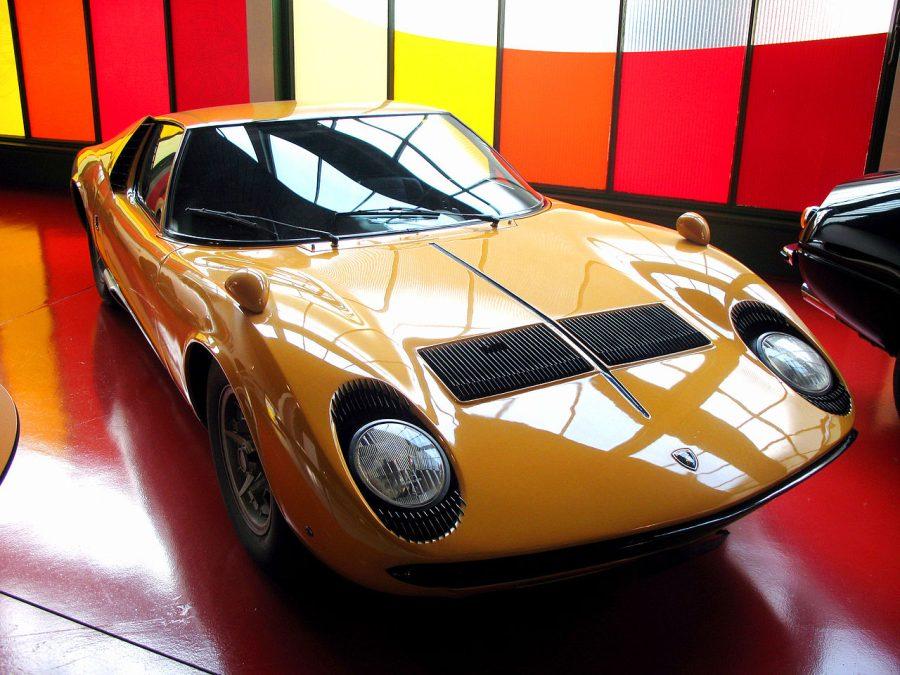In the automotive industry, racing is seen as the pinnacle of achievement. If a company hopes to be competitive in the consumer market, it must also be successful on the track.
This is because of the complicated interactions between the engineers who design and build the cars, and the businessmen who market and sell them.
In general, the engineer wants to build the best car possible– the fastest, sharpest, best looking, and most advanced. On the other hand, the businessman wants to sell cars which will produce a greater profit and longevity for the company.
Racing is the crucible where these two very different goals are fused. If you hope to win and make money, you need the best car. Period. This means engineers have the budget to make advancements in technology and design.
It is inevitable that these advancements will trickle down into the consumer cars that everyday people can buy. With this in mind, my decision for the dominant country in the 1960s was easy. It would be a country who dominated in racing as well– Italy.
With their success in racing, and resulting success in building road cars, Italy owned the ’60s. I only need two examples to prove why Italian cars were the most influential. The Lamborghini Miura, and the Ferrari 250 GTO.
Three enterprising young engineers working for Lamborghini decided they wanted to build a car they could race in and be competitive with Ferrari, who could not be beaten. With hard work and vision they designed and built a monster under the name P400.
The car boasted a mid-engined 4.0L V12, producing over 350 horsepower, driven to the rear wheels through a 5 speed manual. Styled by legendary styling house Bertone, the Miura became an overnight sensation when it was revealed in 1966.
This massive, powerful machine was the first production supercar, which paved the way for its successors. Italian supercars became, and remained, a status symbol of the wealthy. The Diablo, Countach, and Aventador all owe themselves to the Miura. Even the Enzo, LaFerrari, 458 Speciale, DeTomaso Pantera owe themselves to the Miura, because it began the trend for high performance mid-engined sports cars for consumer use.
The most expensive car in the world is currently a 1962 Ferrari 250 GTO. The car, produced by Ferrari to use in the Group 3 and GT racing circuits, cost $18,000 brand new (equivalent to around $141,000 today). In August of this year, one sold at auction for over 34.6 million dollars.
It was named Sport Car International’s “Top Sport’s Car of All Time”. Such a vehicle could be considered one of the most important in automobile history, given the influence it holds over the car community. It serves to solidify Italy’s hold over the entire decade of the ’60s.





















































